D E S I D E R I O. Preludio
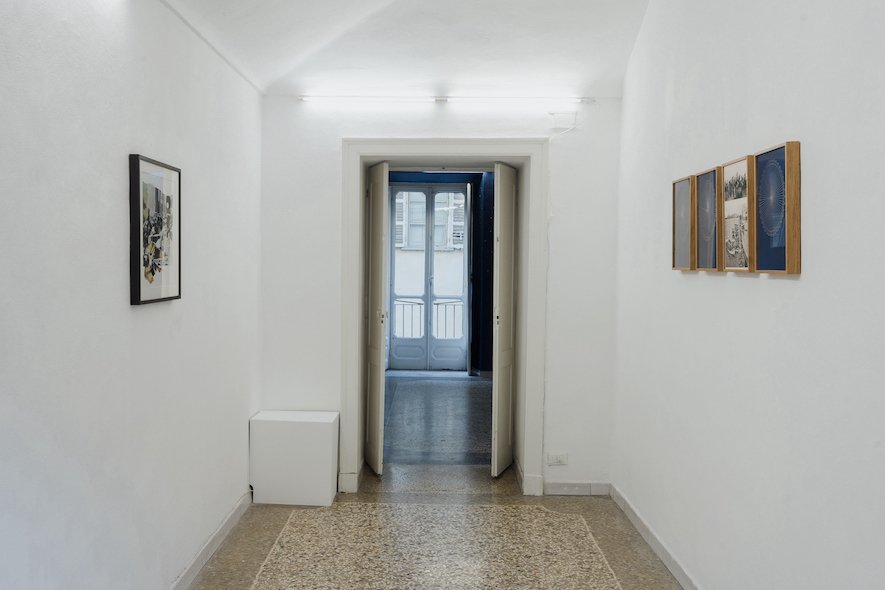
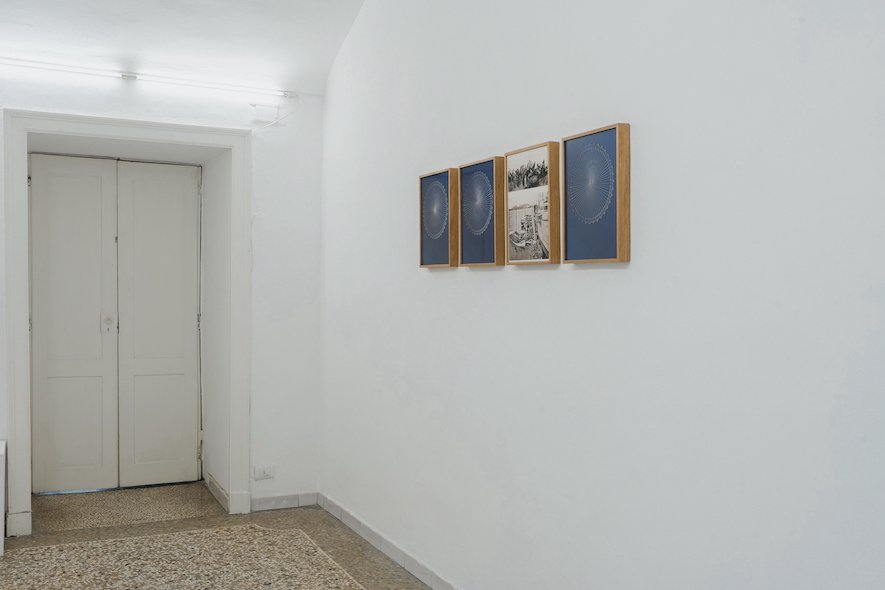
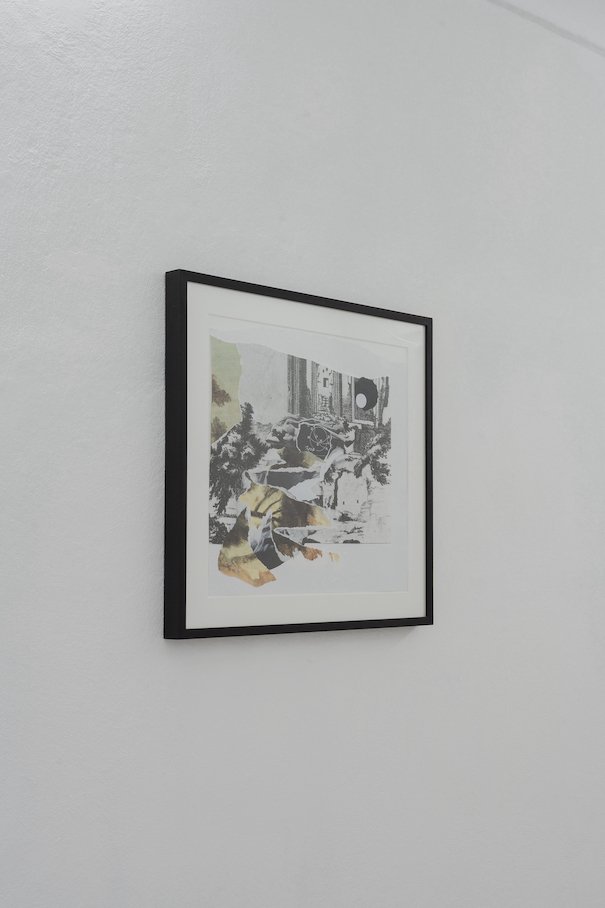
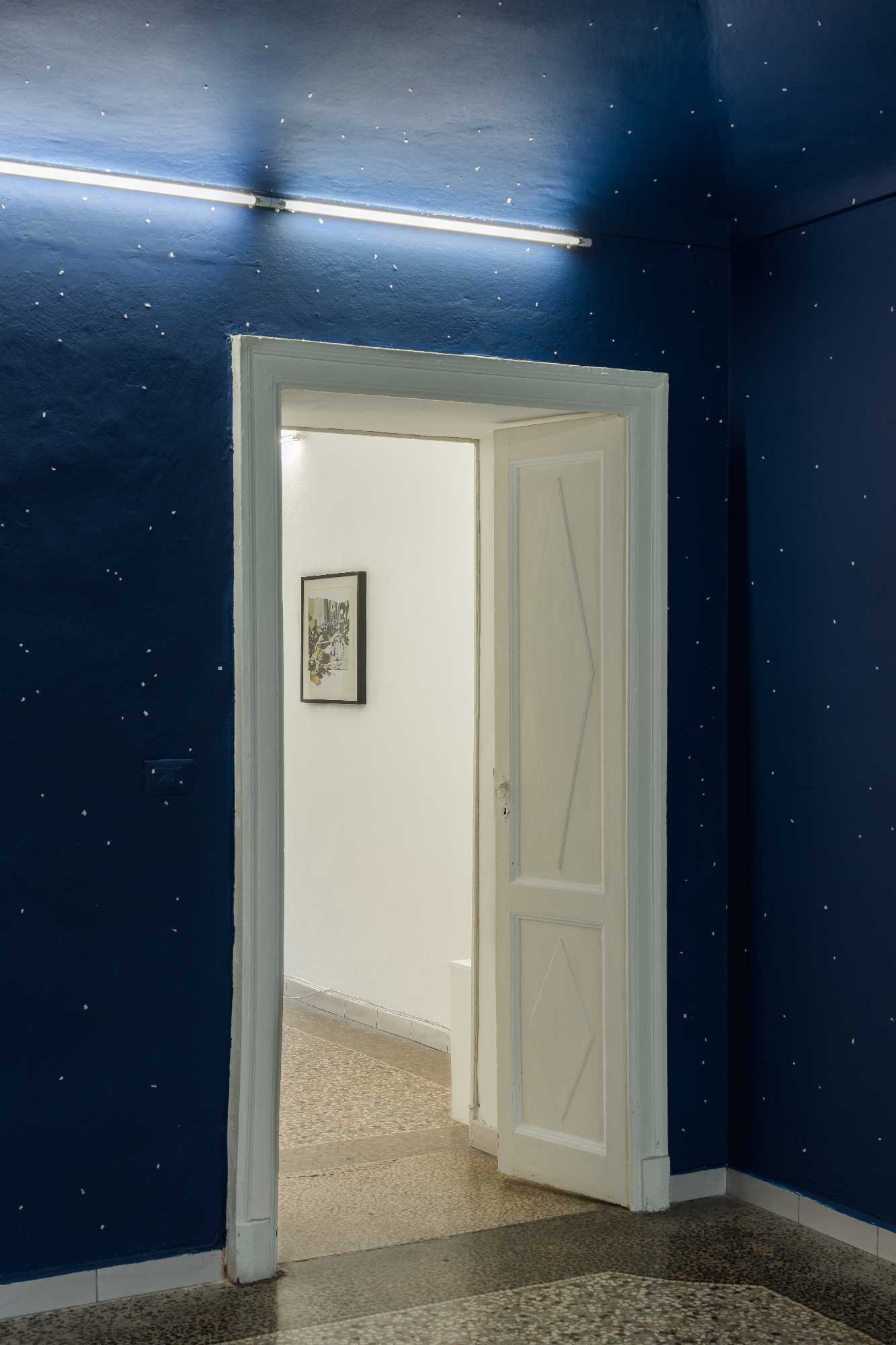
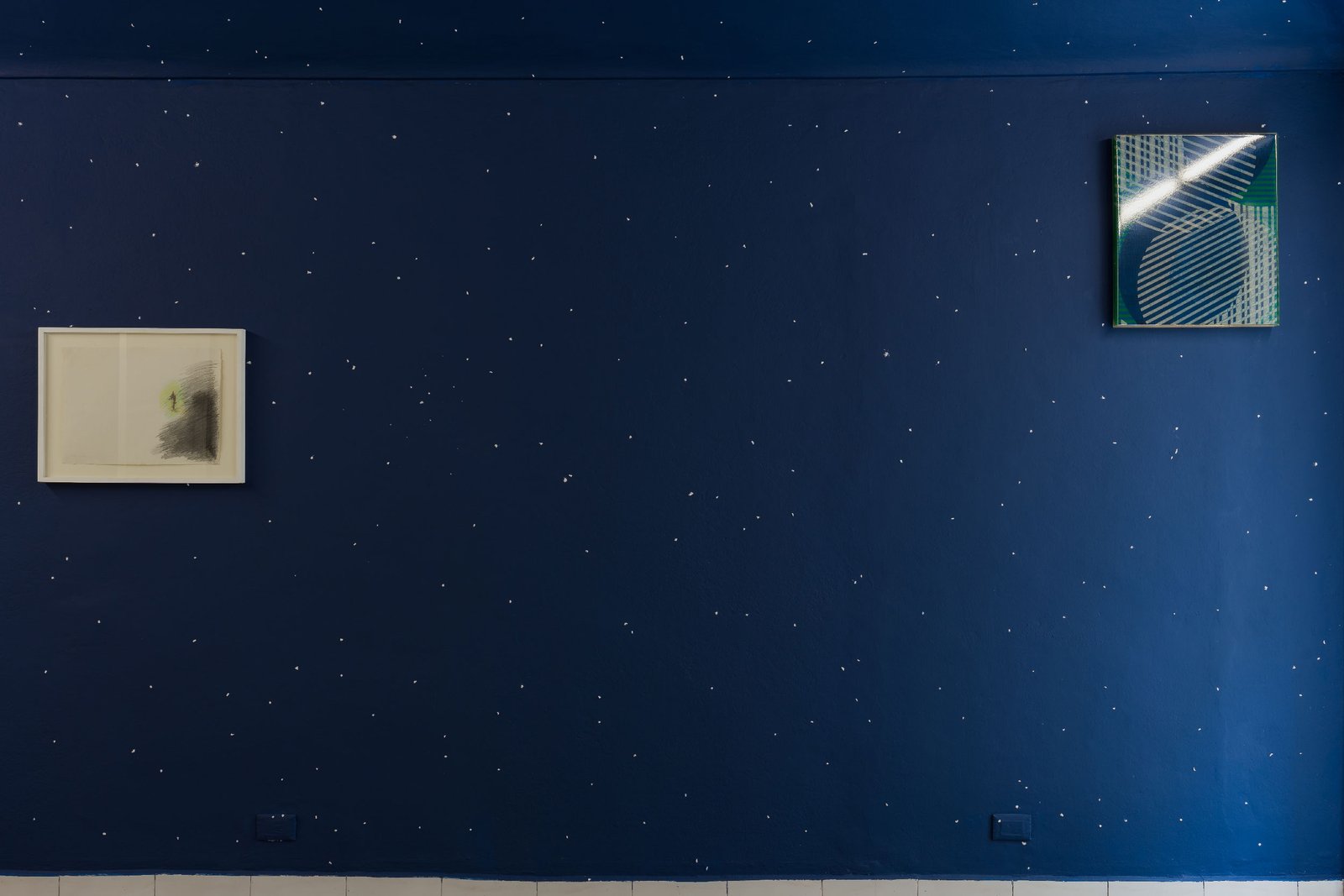
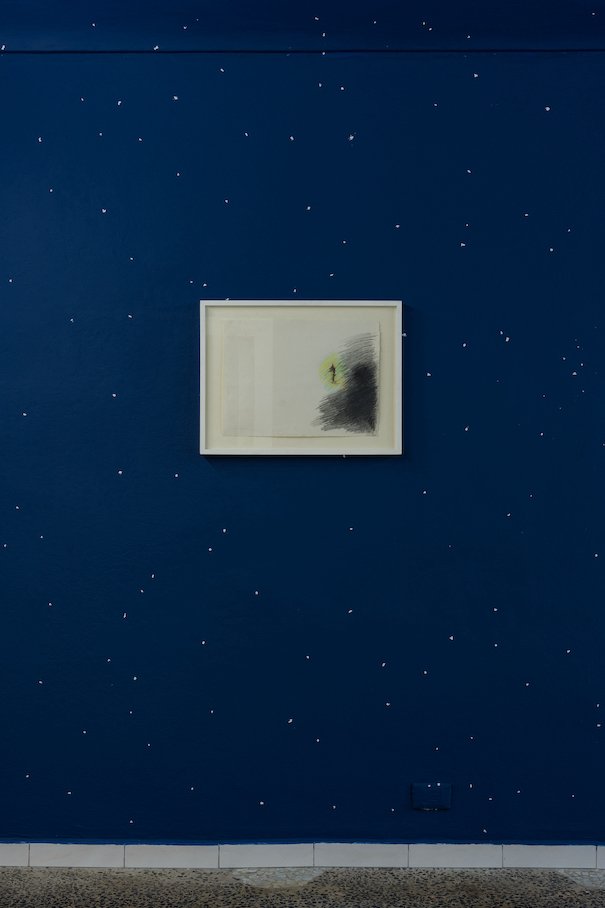
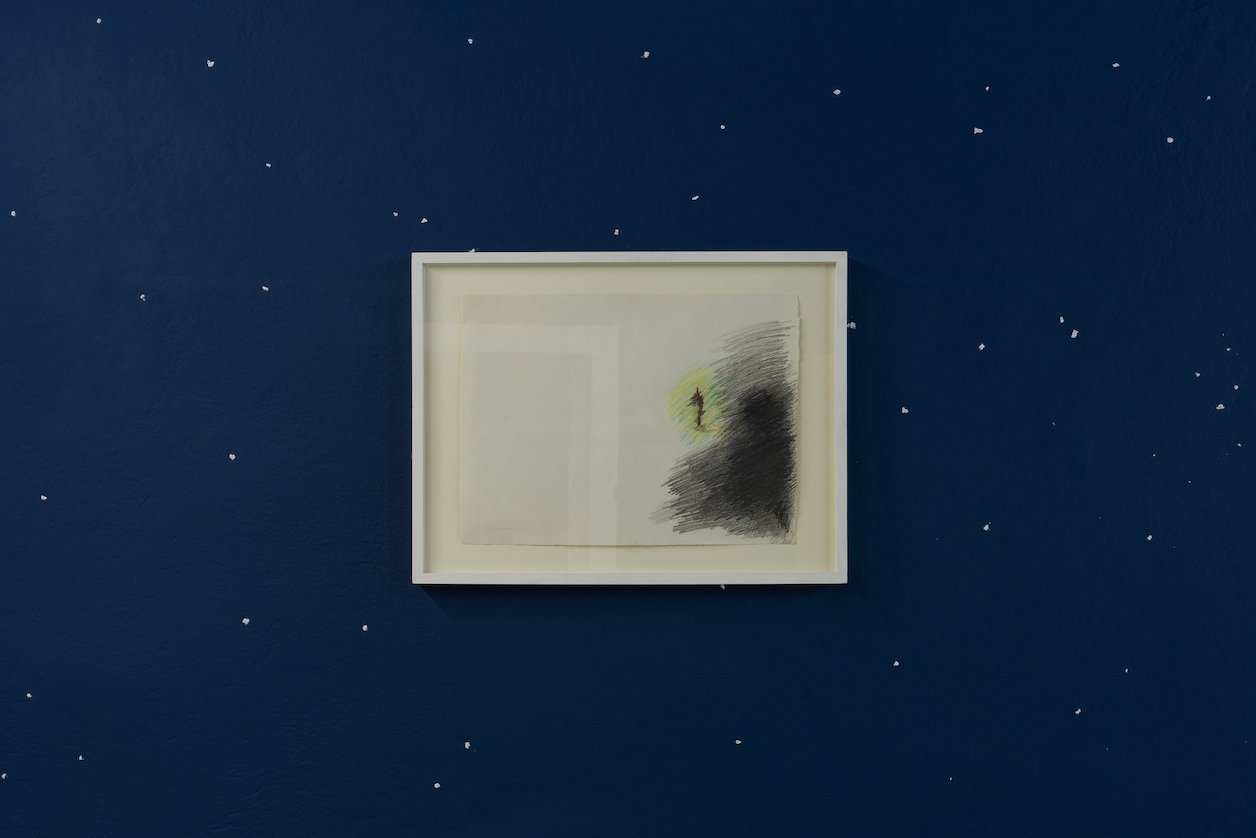

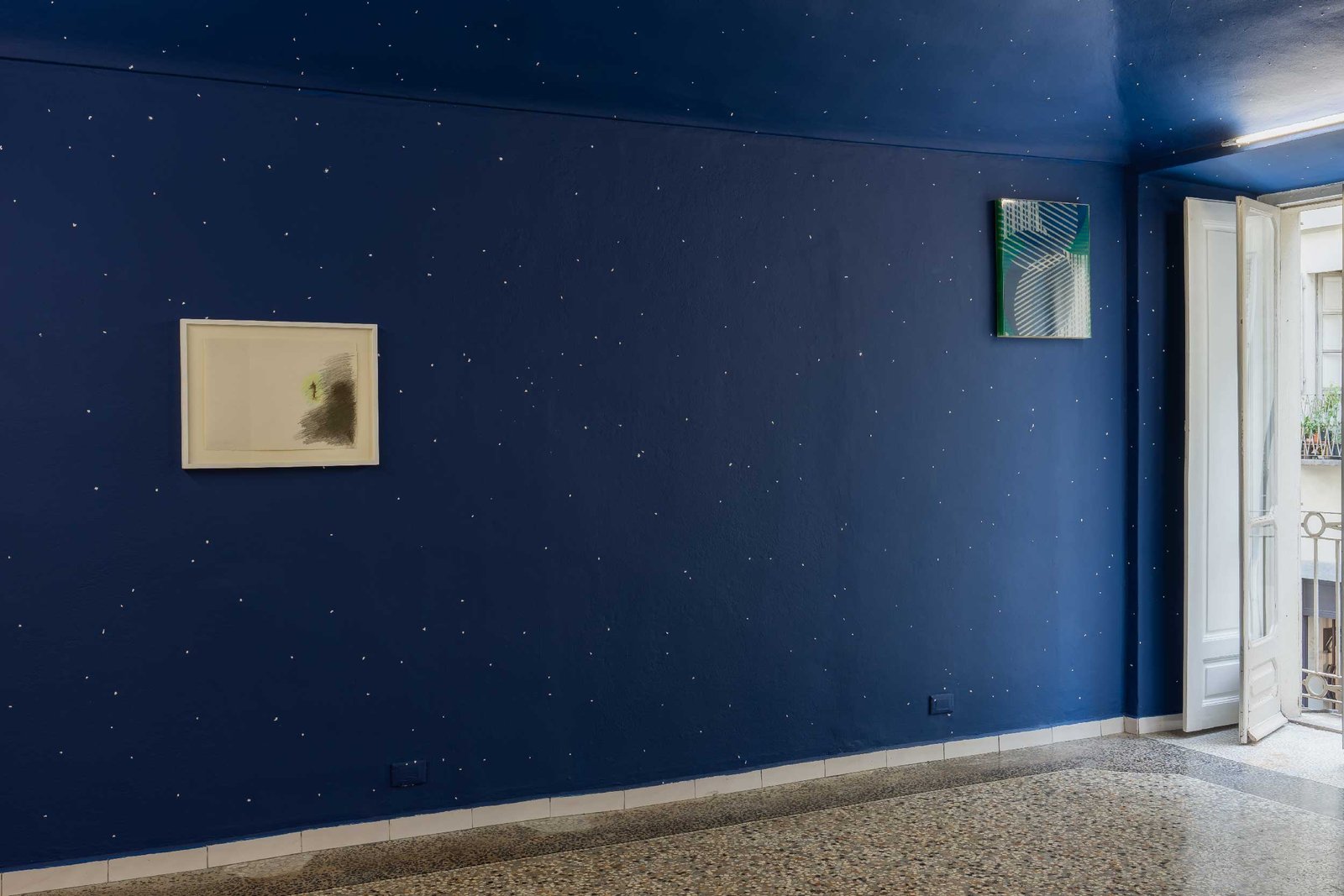
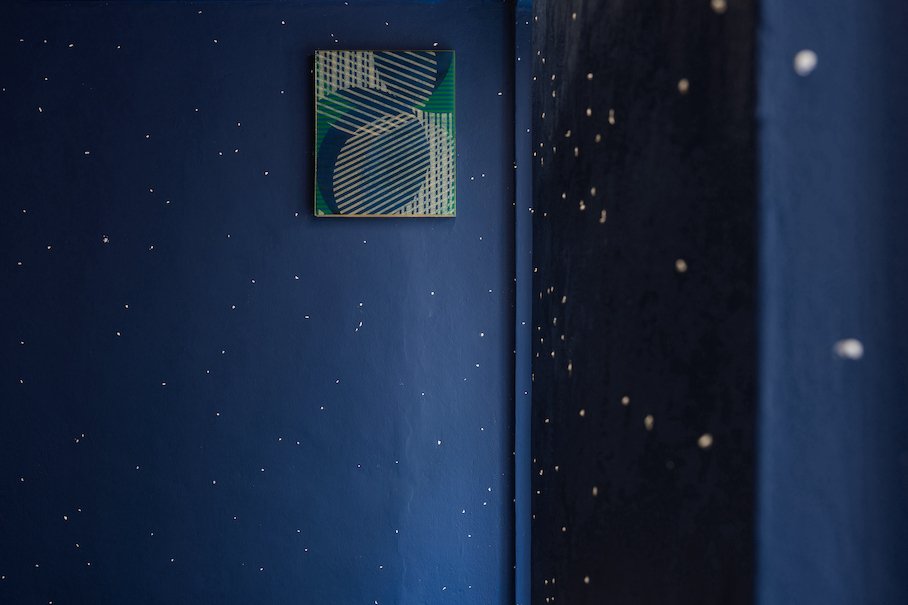
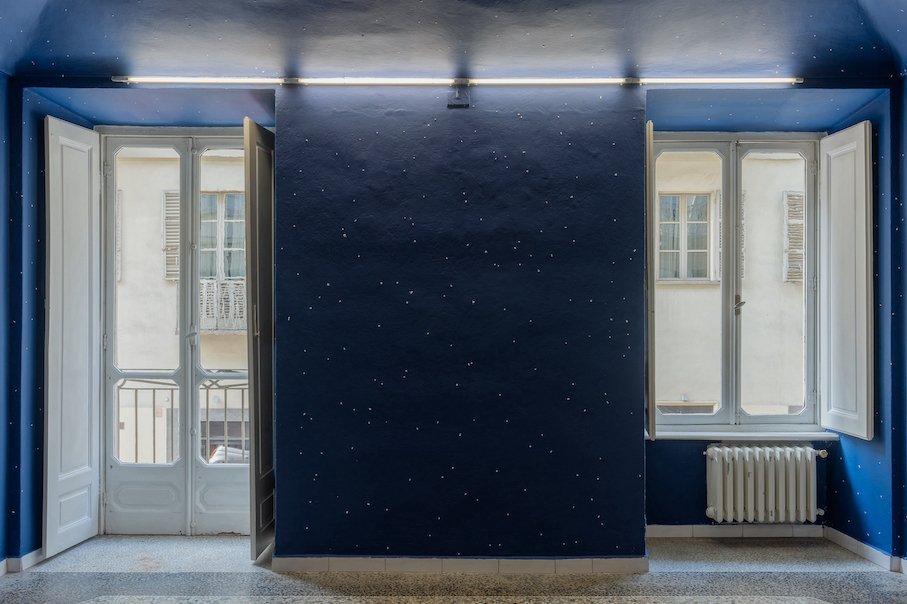
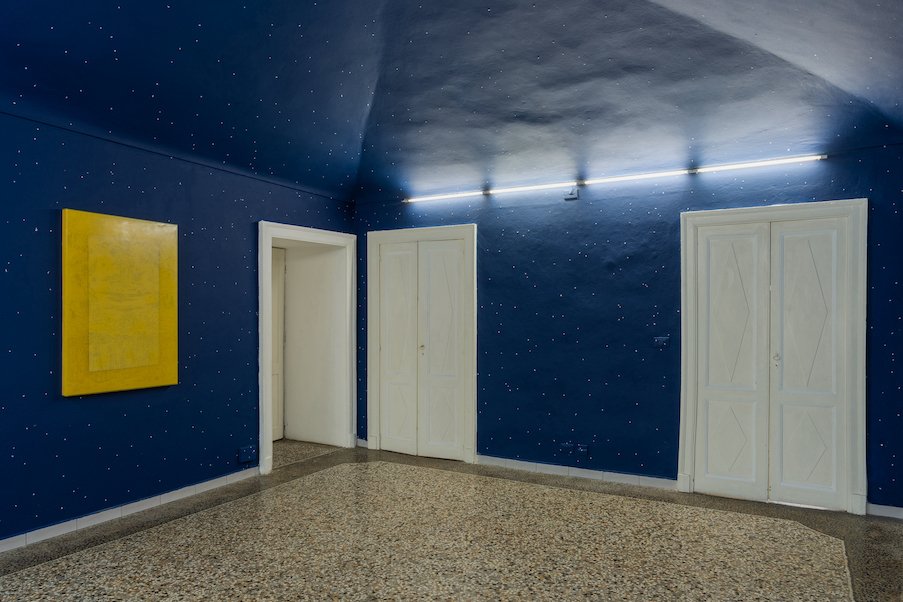
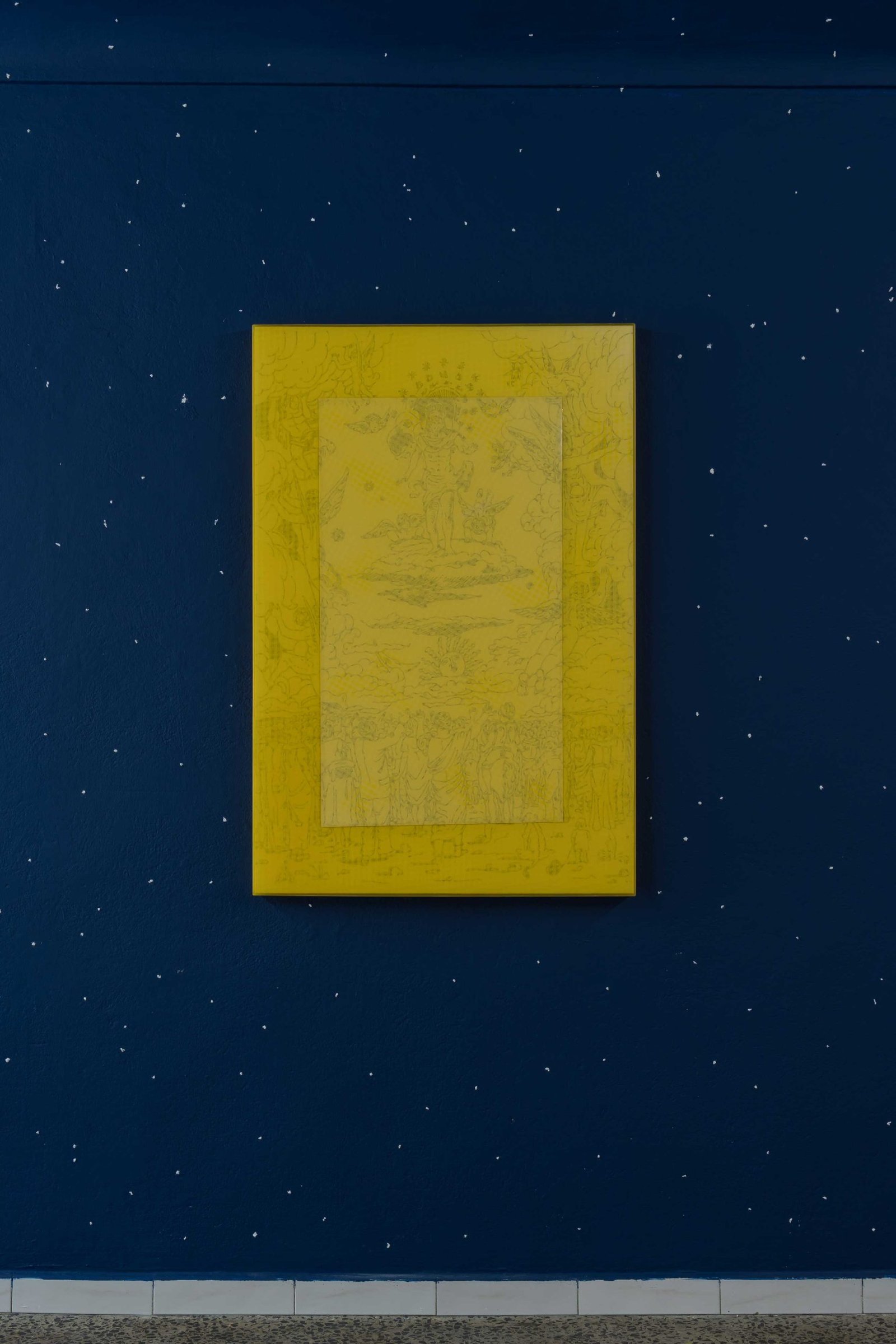
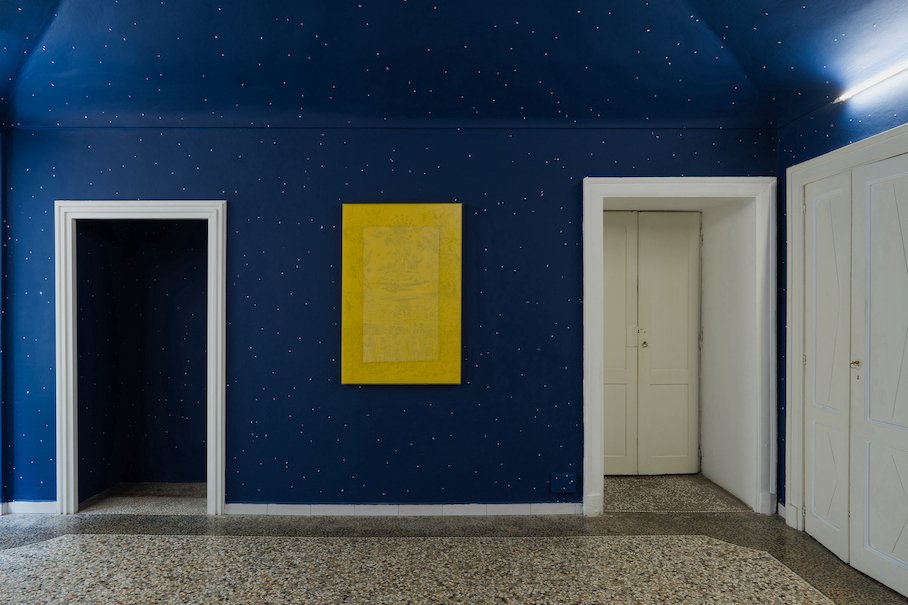


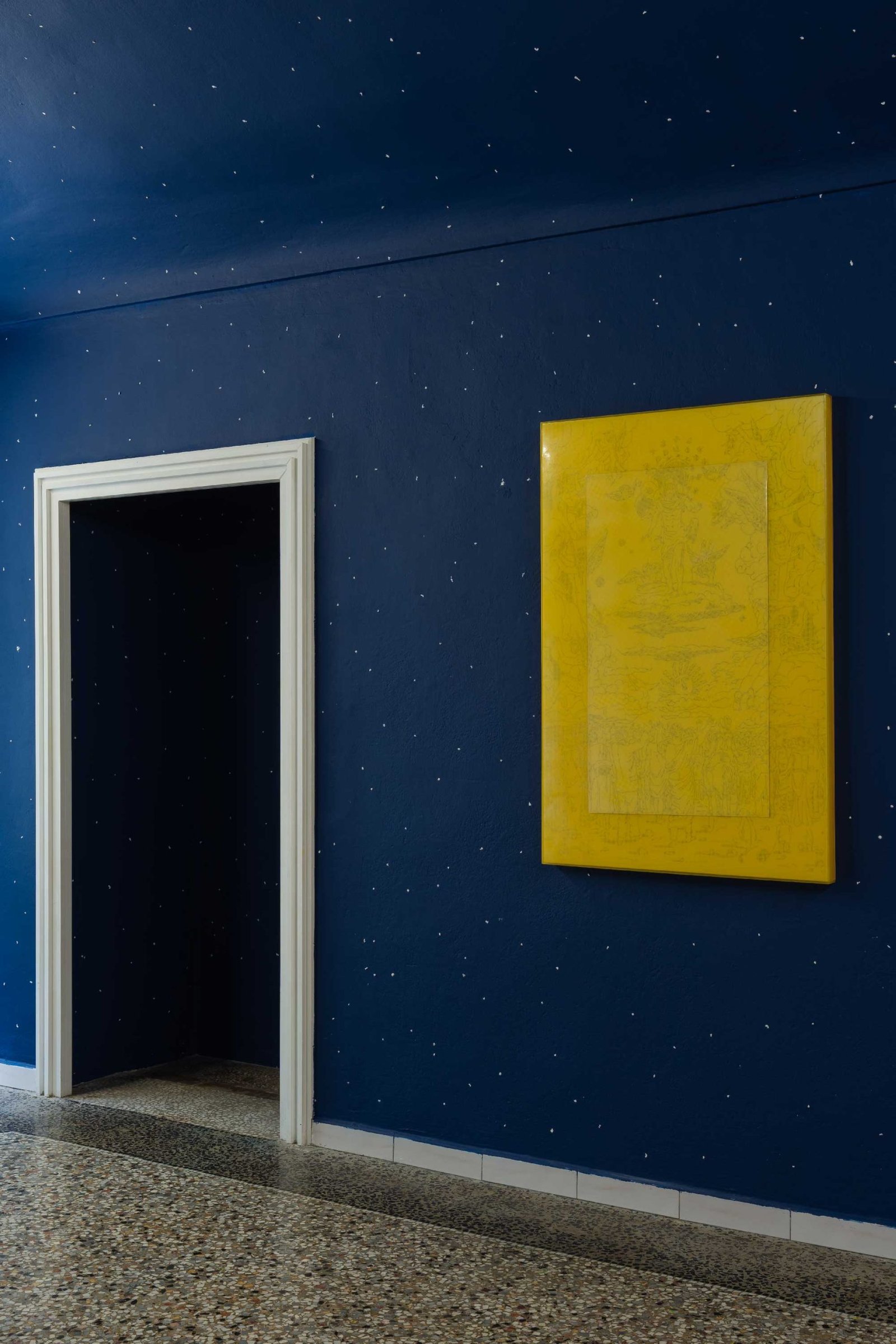
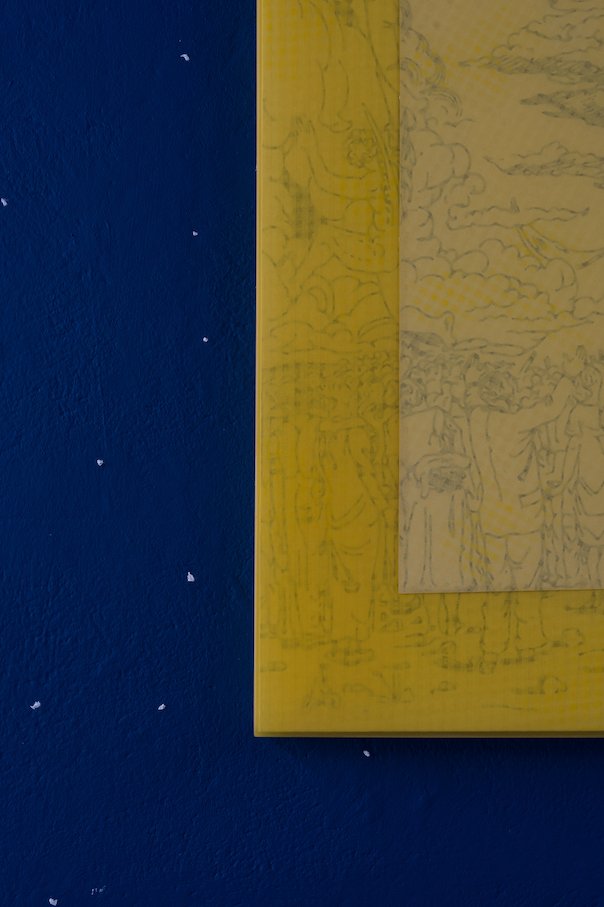
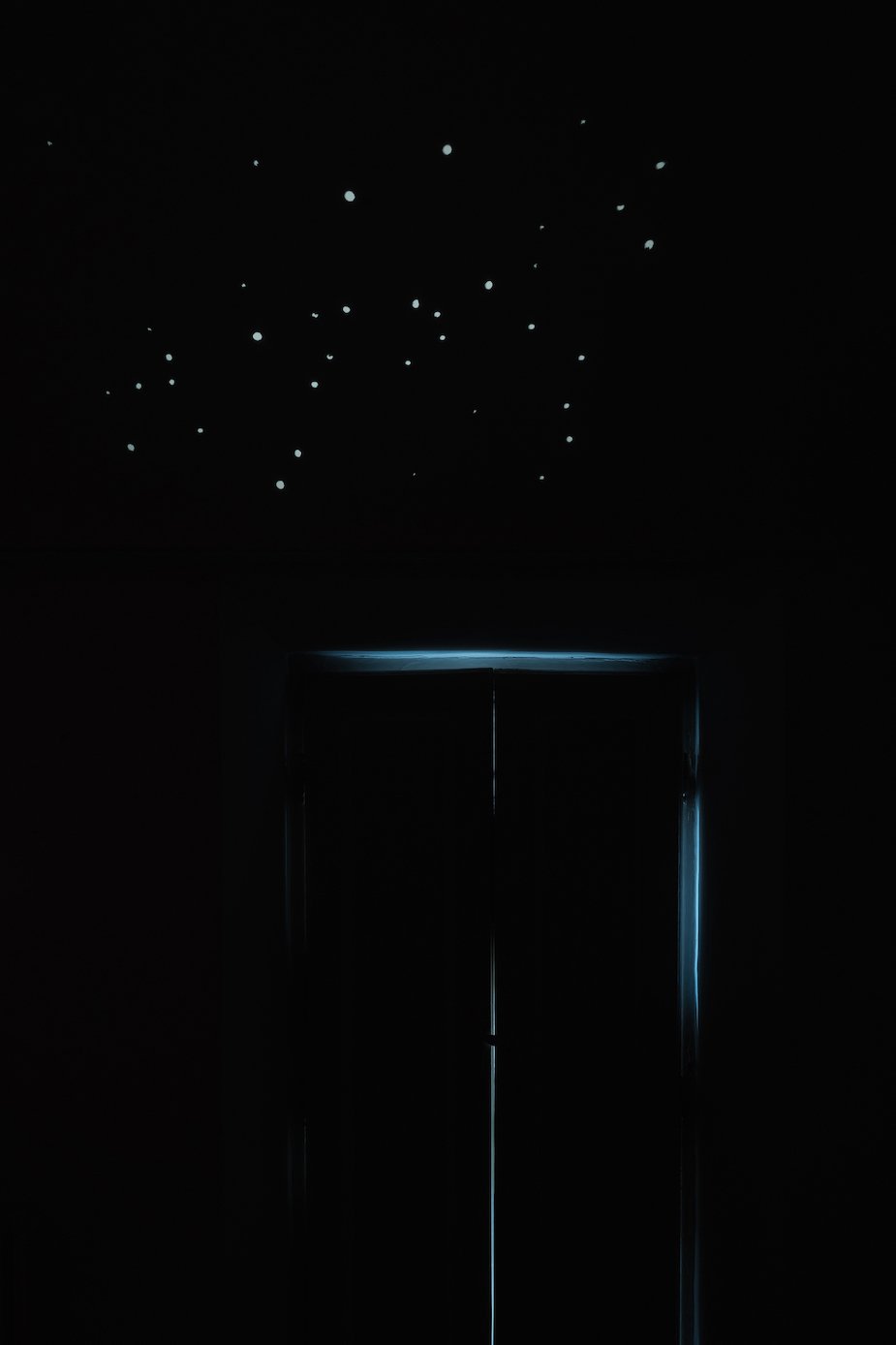
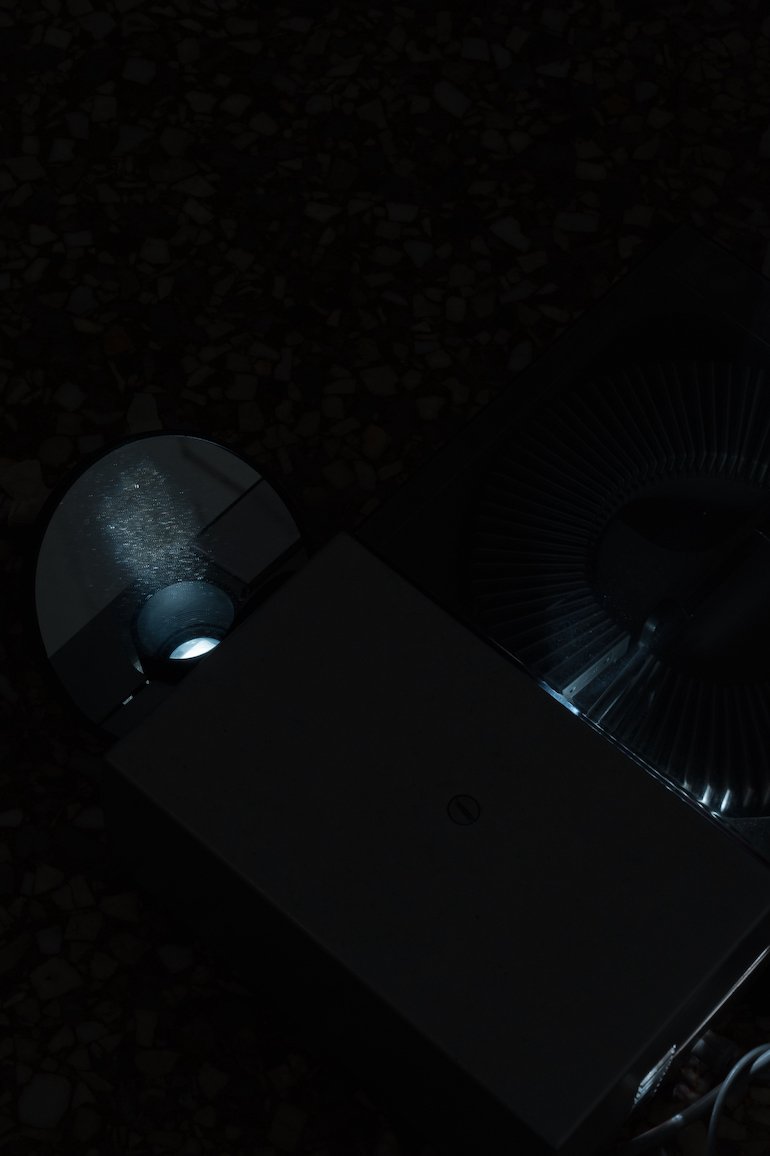
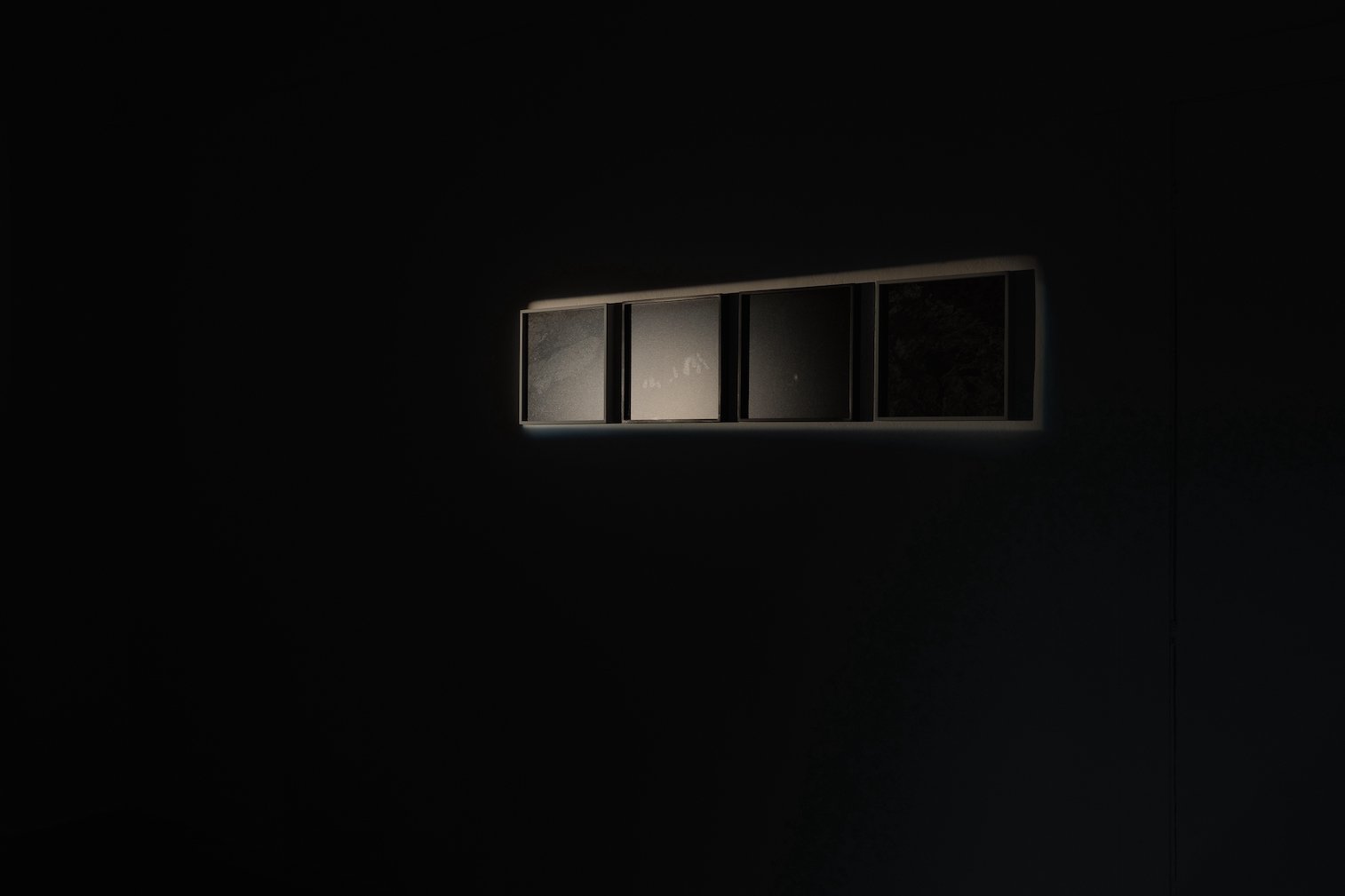
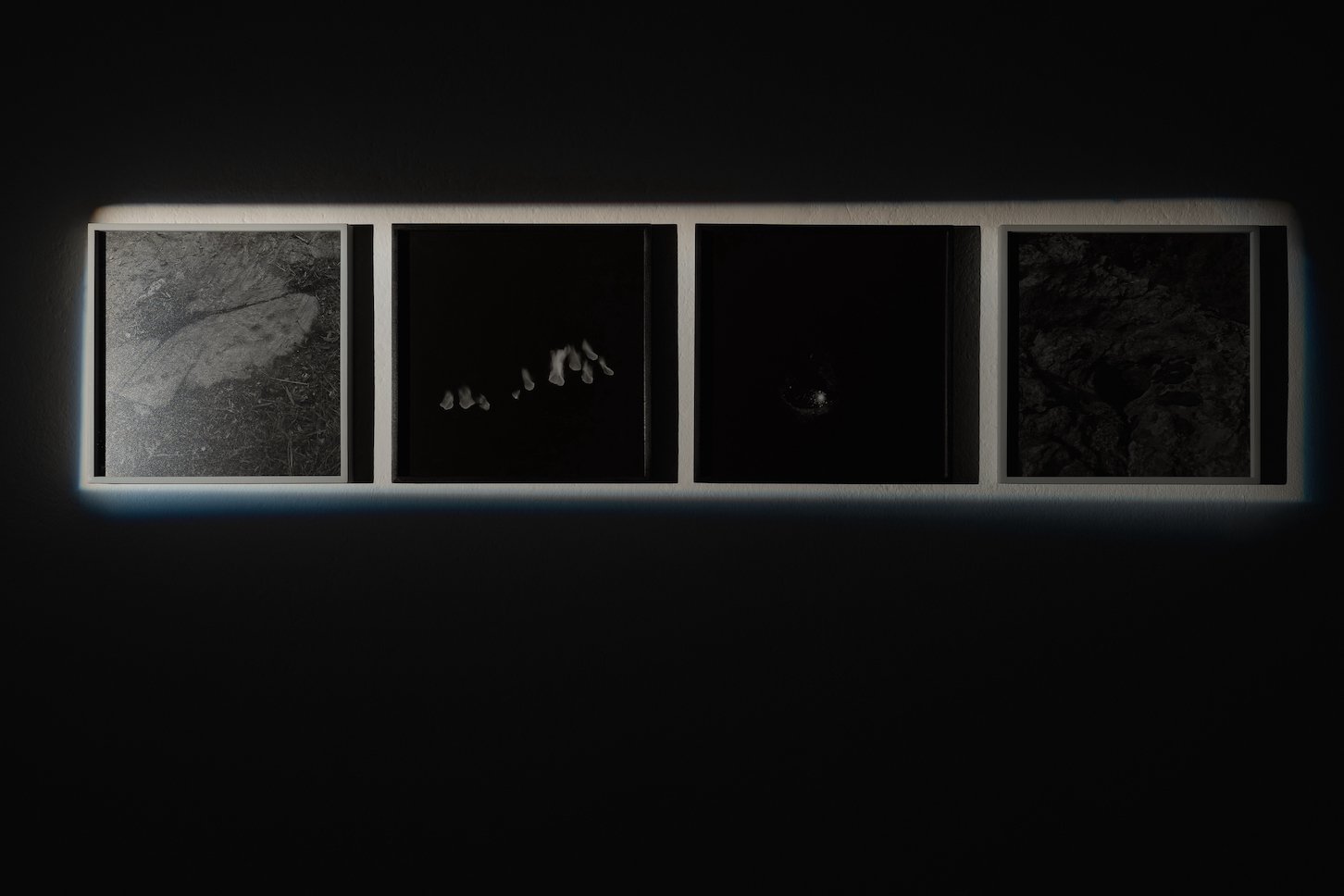
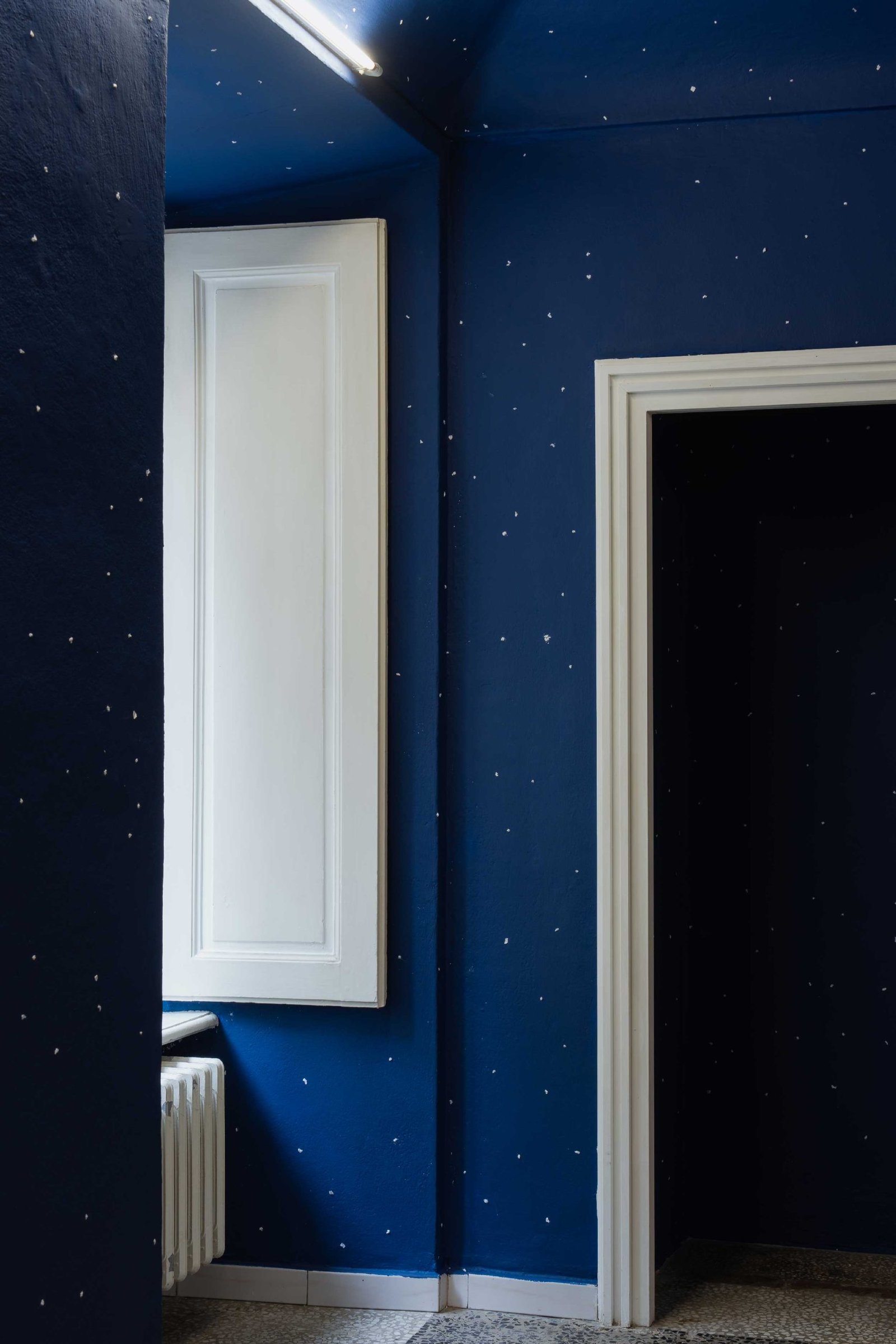

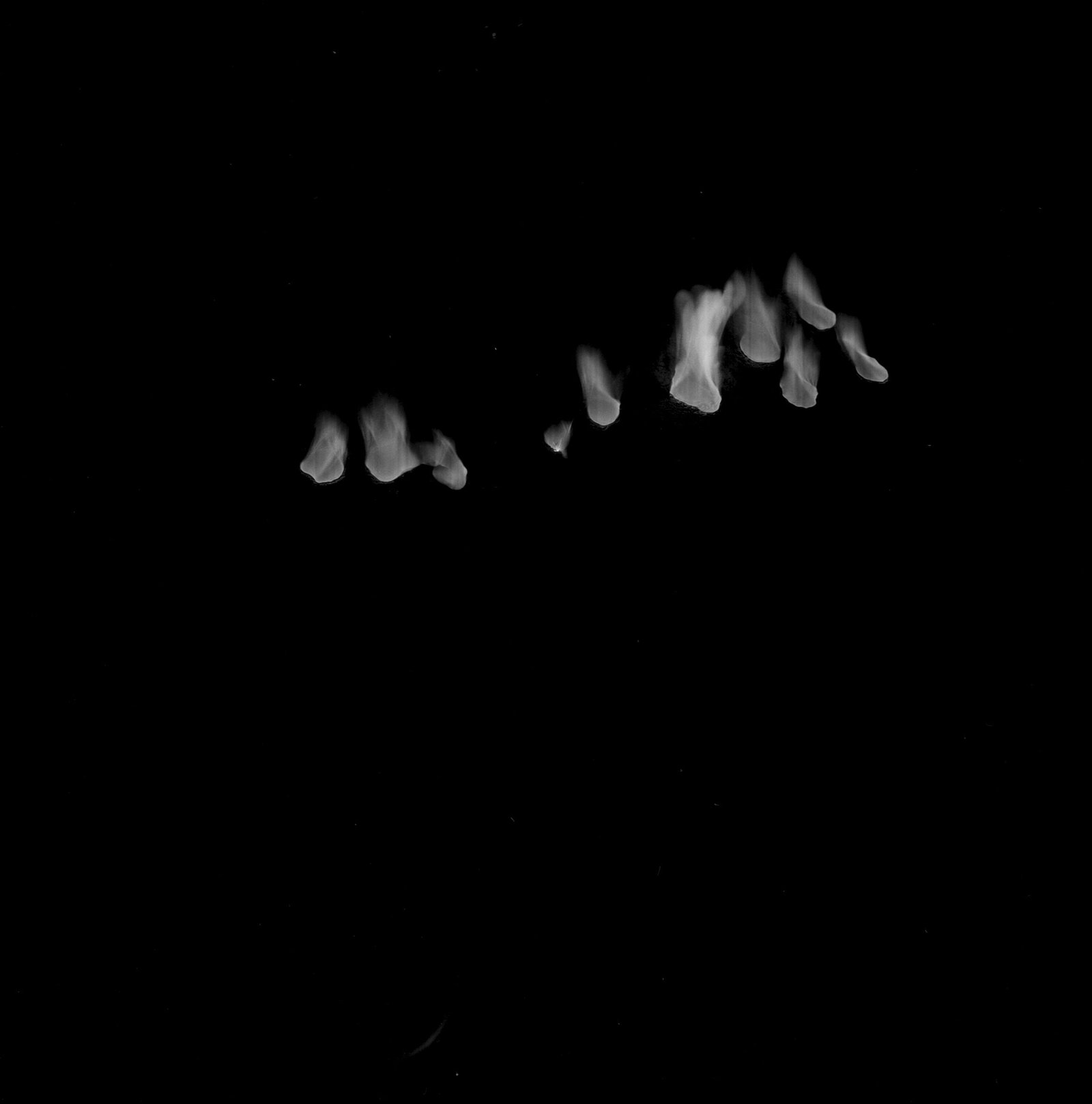


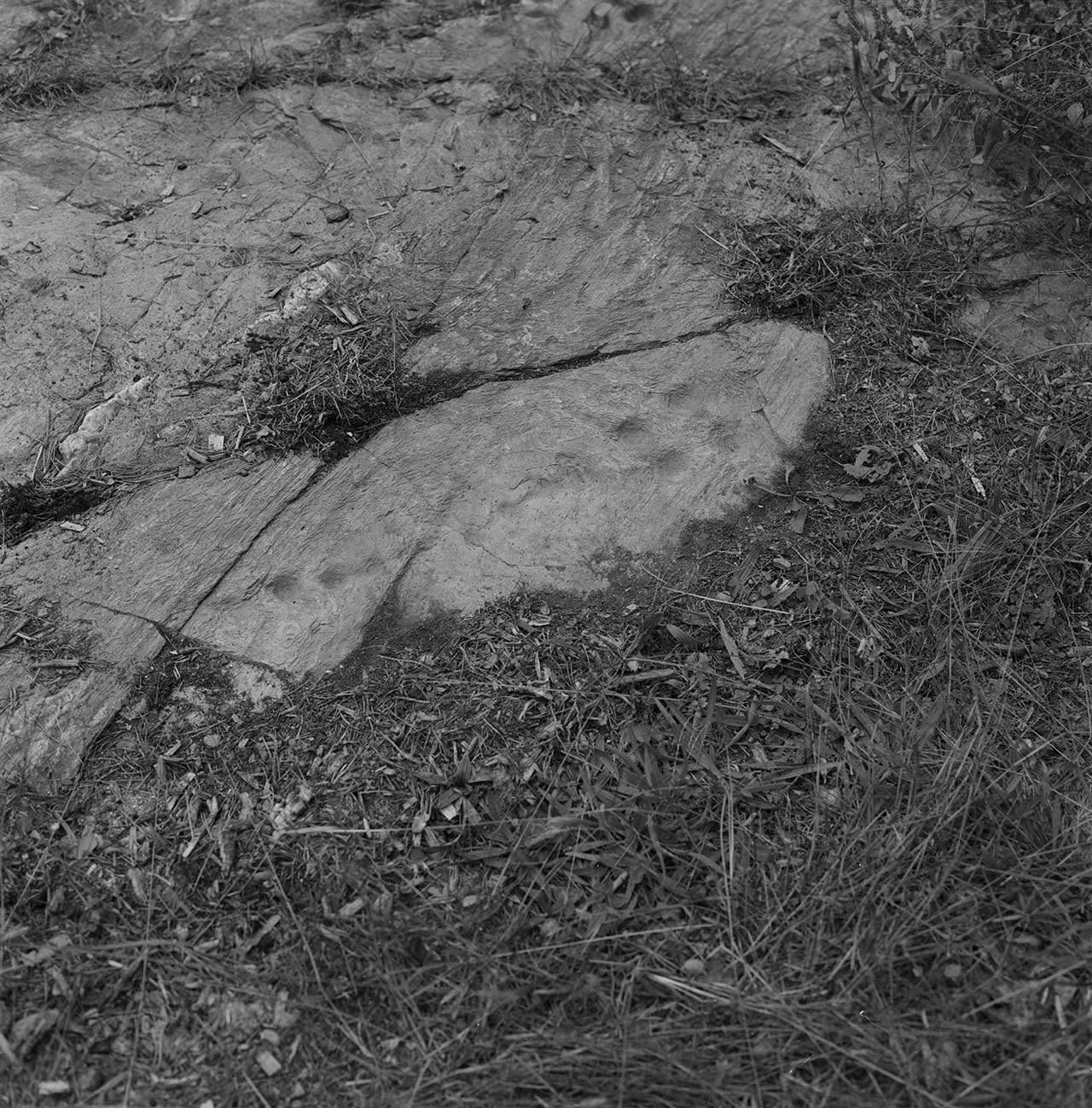

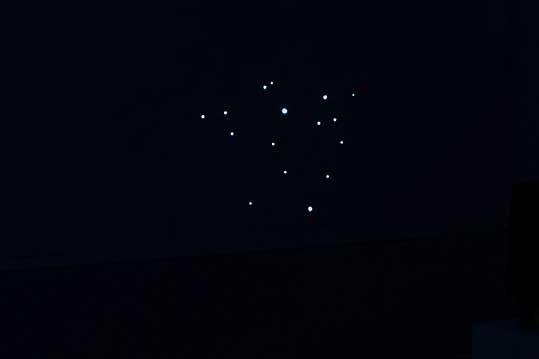
DESIDERIO. PRELUDIO
IVAN GRILO, DAVIDE MANCINI ZANCHI, AGATHE ROSA, ERIK SAGLIA, MARCO SCHIAVONE
WITH WORKS BY GIULIO PAOLINI and CLAUDIO PARMIGGIANI
CURATORIAL PROJECT BY ALLEGRA FANTINI E STEFANIA MARGIACCHI
CRITICAL TEXT BY GIULIA DE GIORGI
IN PARTNERSHIP WITH
APLUSB GALLERY (BRESCIA)
THOMAS BRAMBILLA GALLERY (BERGAMO)
GALLERIA INARCO (TORINO)
15.09.2023 – 5.11.2023
DESIDERIO – PRELUDIO is the introductory chapter of a larger project centred around “desire as opening to the Other, as transcendence, as invocation of a possibility than that offered by the mere presence of the existing” (Massimo Recalcati, Ritratti of Desire, Raffaello Cortina Editore, 2018).
DESIDERIO, conceived during the pandemic and developed in the following years, is a journey in stages which recounts a vision that is curatorial even more than a gallery-centered one: a series of luminous points united by invisible networks that recognize themselves in the sign of collaboration and a common goal. Société Interludio, through the partnership with other realities, becomes catcher and container of a dialogue between gallery owners, works, artists and generations, confirming its collaborative identity and its vision of contemporary art gallery as a a place of sharing, research, experimentation and care.
DESIDERIO (from the latin language de-sidera; the lack – de – of stars – sidera –) carries in its etonym the dimension of waiting in a condition where stars are absent. Hence the yearning towards the Elsewhere, the attentive and nostalgic vigil until their reappearance, the warning of a dearth that drives one to search for the way, with the promise that there is space for the unfathomable and for a different horizon of the world.
Within this dimension, DESIDERIO – PRELUDIO is a first attempt, an approach. It happens in the instant before the turning point, when everything is still possible and the stars prepare for the encounter.
Ivan Grilo’s astrolabes seem to show the way, but the search for the route clashes with the inaccuracy which affects their functioning in Brazilian waters, a bitter revelation of relativity within a system built on supposedly solid certainties. The impossibility of orienting ourselves thanks to parameters that we consider fixed and immutable transforms an instrument of salvation into an instrument of awareness.
Within Erik Saglia’s grids, the satellites barely find their place, they struggle to stay within precise margins, they defy geometry, in continuous movement and tension that confuse and dazzle. The disintegration of known forms and the loss of references
foreshadow a reorganization of space and matter: a disruption that the twelve stars of the twelfth chapter of Revelation are a sign of.
The impossibility of following the course marked out by the stars disorients us, but the opportunities offered by uncertainty change a state of tension into an opening towards a new horizon. Who, at the mercy of nostalgia, manages to get a glimpse of it, can break through the walls and, like Davide Mancini Zanchi, simply stand, under the celestial sphere, with eyes turned upwards, in search of his own constellation. Making the astral dome a blanket for the night, the artist, armed with a blowpipe, mocks an unbridgeable distance and brings the sacredness of the abyss closer to his own body, which measures itself with the perimeter of the gallery.
By now an element of the room, along with windows, doors, lamps, the stars keep company to Agathe Rosa through her sleepless nights. They are stars on a human scale, collected in a small and private encyclopedia of sidereal images on slides. It is during the phase that precedes or follows unconsciousness, in the unfathomable space between celestial and terrestrial, that distances become less and less measurable and the stars finally reveal themselves.
The sky and its fiery elements are also mirrored, literally reflected, in the cupules [‘cup and ring marks’ or ‘coppelle’, TN] carved into rocks which are reactivated and photographed by Marco Schiavone. Both star and stone, are materials of transcendent significance, in their apparent immutability. Through the original engraving and today’s re-proposition of an unknown gesture, the man first and the artist today restate the link between earth and cosmos.
The search for the route is almost complete and seems to lead back to ourselves. It is the artist, in his proceeding through the dark, to show us the way: in Claudio Parmiggiani’s drawing a silhouette dressed in light – perhaps a traveler in space – emerges from its own unconsciousness; in Giulio Paolini’s collage Endymion, during his eternal sleep, appears to be able to contain in his limbs the entire cosmos.
BIOGRAPHIES
Ivan Grilo, 1986. Lives and works in Itatiba/SP, Brazil. Graduated in Visual Arts at PUC-Campinas (2007).
Displacement is an essential part of Ivan Grilo’s artistic process. Many of his works result of experiences in the !eld, where he collected stories told by images, documents, and oral accounts. “ese materials unfold into pieces that illuminate and put a series of episodes into perspective after they had long been forgotten or neglected in history and memory. His works use a variety of media and tend to be made of more than one element: metal plates with written texts, sculptures, small objects and photography.
Main solo shows includes: Pequeno Palácio (Museu da República, Rio de Janeiro, 2023), Amanhã, logo à primeira luz (Casa Triângulo, São Paulo, 2019 ), Escribe una carta de amor (Mana Contemporary + “e55project, Miami, 2018), Quando cai o céu (Centro Cultural São Paulo, 2014), Ninguém (Paço das Artes, USP, São Paulo, 2011).
Among his group shows are: Lationamérica en las colecciones CA2M y Fundación ARCO, curated by Manuel Segade at Sala Alcalá 31, Madrid, En Construcción, at MUNTREF – Museo de Artes Visuales, Buenos Aires, Argentina, Il coltello nella carne, curated by Jacopo Crivelli Visconti and Diego Sileo at PAC – Padiglione d’arte contemporanea di Milano, 2018, Avenida Paulista, curated by Adriano Pedrosa e Tomás Toledo, at MASP – Museu de Arte de São Paulo, 2017, A cor do Brasil, curated by de Paulo Herkenho# and Marcelo Campos at Museu de Arte do Rio, 2016 and Tempos Difíceis, curated by Pablo León de la Barra at Casa França-Brasil, 2015.
Grilo received the prizes Prêmio Funarte Marc Ferrez de Fotogra!a 2012, Prêmio illy sustainArt – SP/arte 2015, FOCO ArtRio 2016 and Fundação Marcos Amaro Award SP/arte 2017, in addition to nominations in 2012, 2014 and 2017 for the PIPA award – Prêmio Investidor Pro!ssional de Arte and !nalist in 2018 for the XI Premio illy en ARCOmadrid.
Public collections: Solomon R. Guggenheim Museum, MoMa – Museum of Modern Art, Pérez Art Museum, Fundación ARCO – Centro de Arte Dos de Mayo de la Comunidad de Madrid, “e Metropolitan Museum of Art, Museo Reina So!a – Madrid, Fundação Calouste Gulbenkian – Lisbon, MASP – Museu de Arte de São Paulo, Itaú Cultural, MAM – Museu de Arte Moderna de São Paulo, MAR – Museu de Arte do Rio e Museo de la Universidad de Tres de Febrero.
Davide Mancini Zanchi (Urbino, 1986) lives and works in Acqualagna (PU), a small village between the Adriatic Sea and the Apennine Mountains. After attending the Academy of Fine Arts in Urbino, in 2014 he participated DENA Foundation for Contemporary art Residency, in the headquarters of Paris. His work has been exhibited in public and private spaces in Italy and abroad. Among the personal exhibitions we remember: No diamonds in the sky (Fondazione Pastificio, Rome, 2023);
Mira il mare male (Fondazione Pescheria, Pesaro, 2021); Toys are us (A+B gallery, Brescia, 2019); Da che mani vidi Zan Cin (Otto Gallery, Bologna, 2019); La conquista dello spazio by Ricardo Tonti Bandini (Marche National Gallery, Urbino, 2016). Among the most recent group shows we remember: Meccaniche della Meraviglia (San Giacomo al Mella Church, Brescia, 2019); Vie di Fuga (Societé Interludio, Turin, 2019); Chi utopia mangia le mele by Gabriele Tosi and Arianna Polveroni (Ex Dogana Merci, Verona, 2018). Over the years, his research has been recognized through numerous awards: Centro Arti Visive Pescheria Prize (2011), Lissone Prize (2014) and Treviglio Prize (2016). Mancini Zanchi wa salso selectes as finalist at Talent Prize (2019) and Club Gamec Prize (2018). Furthermore, in 2020 he won the Italian Council with a residency project in Uruguay. Recently Cura.Books published MONOCHROMO, his first solo catalogue. Davide Mancini Zanchi is represented by AplusB Gallery, Brescia, IT.
Agathe ROSA (Annecy, 1987) lives and works in Marseille (Fr) and Torino (It). The attention of Agathe Rosa is focused on the interaction of natural light with Man and territories. By exploring the capacities of this “luminous matter”, she uses cognitive processes (perception, sensation, memory, representation) and interrogates our conception of solidity of things. Because it is when matter becomes movement and interaction of forces, that we can question what remains invisible to our eyes. The creative process of Agathe Rosa is generally initiated by an intuitive and founding photographic act from which the work deploys from the site-specific immersive installation to the drawing, through the assembly of objects, the video or the writing. She is particularly attentive to the interval: this floating space of resonance which is the place of the transfiguration of reality, where innocuous passages and secret links between each entity are created. Thus in her work, the laws of physics are outdated, a dizziness grips us, the scales are disproportionated, time becomes matter and the light the main protagonist of this cosmogony. After a bachelor at the Sapienza in Rome, she gratuates from the National School of Architecture of Marseille with honors in 2011 supporting her thesis: “Time given to the critical thinking”. Then she abandons construction to transform the concrete into ephemeral. Her work has been presented in France and internationally in many institutions such as the “Italian Cultural center” for the Biennal Manifesta13, Marseille (Fr), the “CNES – La Chartreuse”, Villeneuve lez Avignon (Fr), the “Museo Helio Oiticica”, Rio de Janeiro (Br), “Center Pompidou”, Paris (Fr), “Museo Santa Maria della Scala”, Siena (It), “Galleria d’Arte moderna e Contemporanea Raffaele de Grada”. San Gimignano (It) or the “Saint-Exupéry Cultural Center”, Reims (Fr). In parallel of her artistic research, she is teaching since 2015 as Professor in Art and techniques of representation at Ensa Marseille, she intervenes in many seminars including “Atelier Khora – Ville Paysage à la Maison de l’Architecture et de la Ville, Marseille (Fr), “Discours Eupaliniens”, Frac Paca, Marseille (Fr) and “I mondi dell ‘arte”, Accademia delle Belle Arti, Bologna (It). In 2014 she produced a book project of cross interviews with Michelangelo Pistoletto on the artist / craftsman relationship.
Born in 1989, Erik Saglia lives and works in Turin. Saglia repeatedly tangles the same materials – wood, spray paint, paper masking tape, rubbings with wax or oil pastels, and epoxy resin- creating works that intrigue the gaze. Through these material juxtapositions and coexistences, his paintings and site-specific installations explore the language of geometric abstraction and the organization/perception of social space in the digital era. Over the years Saglia has developed a unique technique for the production of his artworks. This formal process created a sort of ritual that favored the creation of a very unique visual code, making Saglia’s body of work highly recognizable. Delving into concepts such as cosmogony, pre-genesis, apocalyptic scenarios, and interstellar travel, among other things, and always creating a dialogue with the containing nature of the exhibition space, Saglia continues his research on the ever-changing grid’s essence. This systematic interweaving of processes precludes the decoding of Saglia’s geometrical abstraction by biographical means or by implementing current digital imagery. Presence is key to the artwork’s full fruition.
Marco Schiavone, Turin (1990), lives and works in Turin. He studied graphic design at the Academy of Fine Arts in Cuneo. In 2015 with a group of artists he founded Spaziobuonasera, artist-run space in Turin, which investigated the panorama of national and international contemporary art. His research develops horizontally where the theme of the landscape and the value of the image is the main focus, and is modified by taking different forms using photography, installation, drawing and sculpture. The first works in 2016 analyze the landscape, focusing on the composition and color choice going to create images as to paint a picture. Then the research expands and landscape becomes actually the central point, no longer from an aesthetic point of view and archive, but in specific study of elements that characterize it and make it recognizable. The images are now built in detail, isolating some elements characterize the environment and make it symbol of a place. His works are often the result of a complex study between presence and absence through the use of the visual image in many declinations to understand how, an element can change and constrain reading. In 2022 he getting the sponsorship of research by the Superintendence of Cultural Heritage (IT), for the project on the phenomenon of cupmaking with the contribution of scientific researchers and cultural operators; in 2020-21 selected by CAMERA as an emerging artist for Futures Photography, finalist of the FFF Fondazione Francesco Fabbri (2019). His works have been exhibited in national and international exhibitions such as: Museo Nazionale della Montagna, Turin; Sociètè Interludio, Turin; Photo Open Up, Museo Eremitani, Padua; Audi Studio by Nevven Gallery, Stockholm; Villa Vertua Masolo, Milan; Spaziosiena, Siena; LOFT, Lecce, Italy; Las Palmas, Lisbon; Arte Fiera, Bologna; Galleria Giuseppe Pero, Milano; BASIS, Frankfurt; Spaziobuonasera, Torino.

